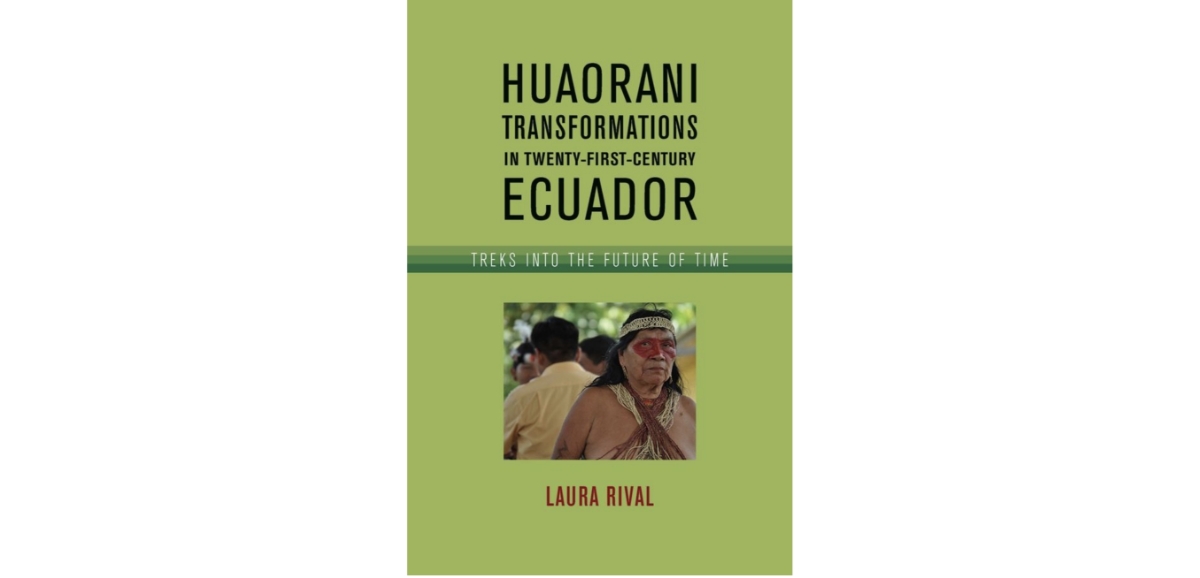
Waorani (Huaorani) Transformations in Twenty-First Century Ecuador
The introduction engages ethnographic research carried out by a range of anthropologists from the mid-1990s to 2015. The first part of the book, Among Forest Beings, further develops my long-standing argument about the dynamic interplay of evolutionary, historical, and symbolic processes that underpin the Waorani’s relationship to their forest world. I approach the cultural materiality of the biophysical landscape in ways that enable us to better understand Waorani strategies to control relations with non-Waorani. The second part, In the Longhouse, looks closely at biosocial interactions that structure family and gender relations. It shows how human intentionality and everyday activity co-create not just kinship but the natural bounty of the forest as well. Processes of maturation, growth, and self-regeneration are central to the creation of society’s ‘inside,’ which explains why women are the true affines. Women’s relational powers point to the limits of Eduardo Viveiros de Castro’s and Carlos Fausto’s rival approaches to meta-affinity. Part Three, In the Midst of Enemies, focuses on the changes that oil and land colonization have brought to Waorani homeland. As people isolate themselves from what they do not want and continue to seek control over external conditions that force their integration, the present situation of intensified contact becomes a source of historical consciousness. I conclude that Waorani culture, far from dissolving away within Ecuador’s national culture, continues to enrich it with its own vital intensity.